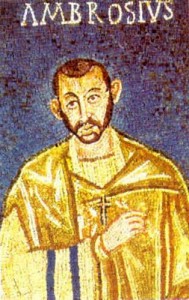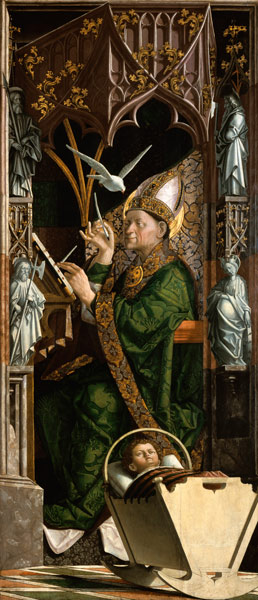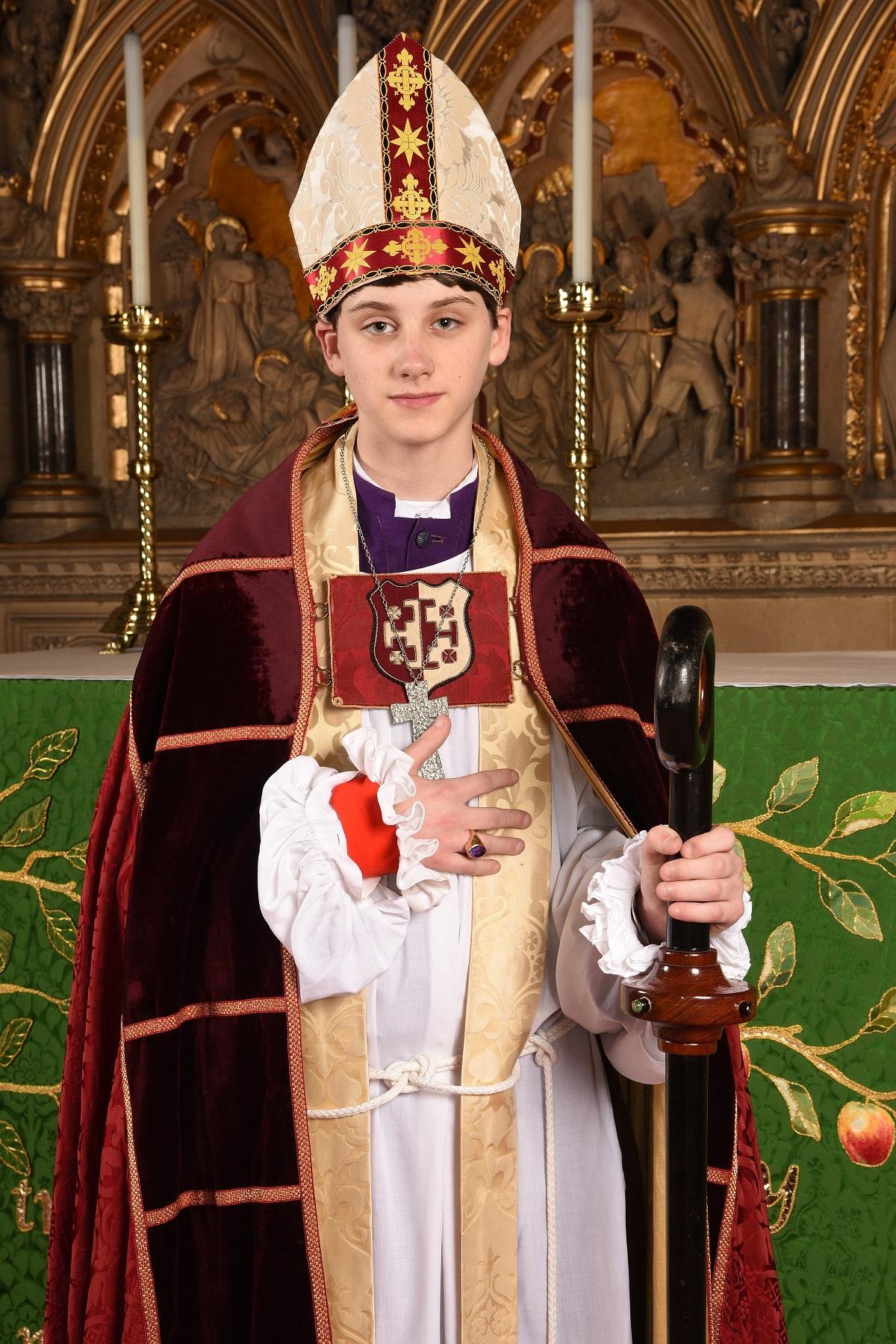Thursday 31 December 2020
Prince Charles Edward 300
Wednesday 30 December 2020
A medieval Derbyshire priest in alabaster
Tuesday 29 December 2020
St Thomas of Canterbury and his place in history
St Thomas of Canterbury

Fresco showing the martyrdom of Thomas Becket in the Church of St John and St Paul, Spoleto
Sunday 20 December 2020
An early Anglo Saxon chess piece
Roman and Medieval Spitalfields
Locating Melchizedek
Tuesday 15 December 2020
Bl. Antony Grassi
The Galloway Hoard revealed
Monday 14 December 2020
A Roman villa and its changing use in Northamptonshire
Sunday 13 December 2020
Death of an imposter
Cardinals in pink
More about the Chedworth mosaic
Saturday 12 December 2020
St Tarasius of Constantinople on the Virgin Mary
Friday 11 December 2020
Reinterpreting ‘post Roman’ Britain

Thursday 10 December 2020
Salisbury Cathedral 800
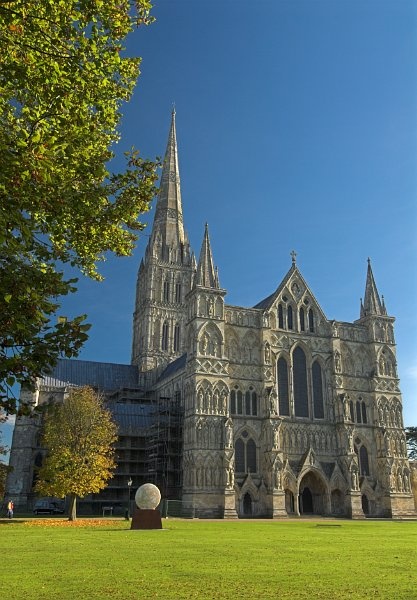

Walter Hooper R.I.P
Tuesday 8 December 2020
Cerulean Blue vestments
The English and Our Lady
The Immaculate Conception
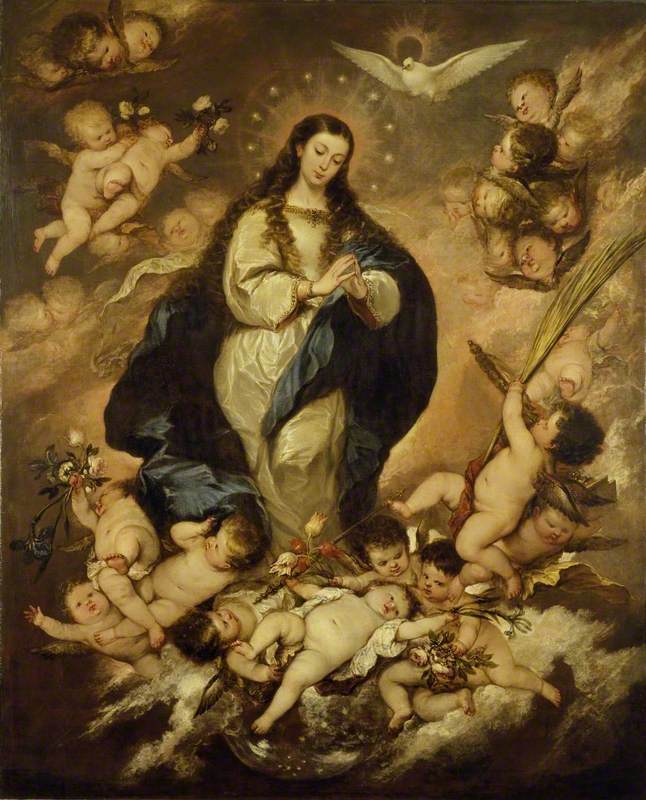
The version of the same composition by Antolinez in the Ashmolean Museum in Oxford
Image: Ashmolean Museum
It is an inevitable regret that these two versions do not hang in a church for appropriate veneration and reflection, but an art gallery can still provide a reasonably suitable environment for such things.
I do not recall having seen the Oxford copy on my visits to the Ashmolean. The Bowes Museum version is, as I hope I have indicated above, along with the rest of their collection very well worth seeing, and well worth the drive to Barnard Castle, whether to test ones eyesight or not....
May the Immaculate Heart of Mary Pray for us
Remembering St Ambrose
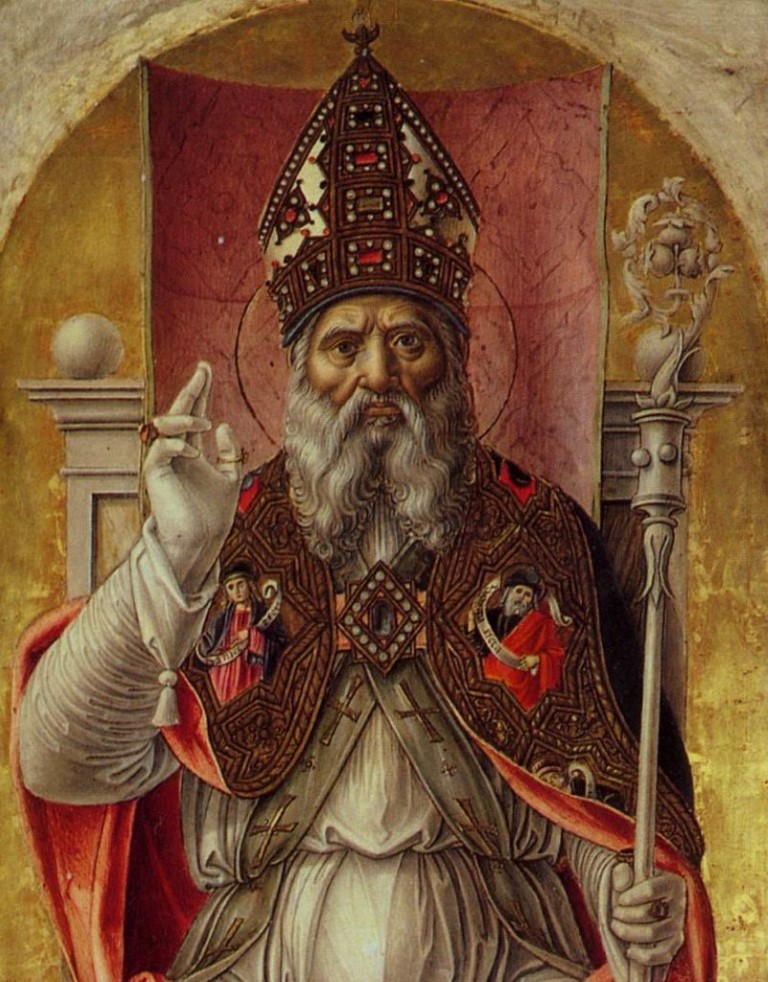
Sunday 6 December 2020
St Nicholas in art, liturgy and hymnography
Boy Bishops
The Hereford Boy Bishop of 2017
Brinsley Morrison, then 13, is a former cathedral chorister
Image: Hereford Times
The history of the custom and the story of various revivals of it can be read on Wikipedia at Boy bishop. This also has a good bibliography on the topic.
The Encyclopaedia Britannica website also has an account which can be seen at Boy bishop | medieval custom |
The website of The Tudor Society has an article about Boy Bishops at 6 December - The Boy Bishop Tradition
The New Liturgical Movement has a feature from 2016 on the tradition in England and Spain which can be seen at A Bit More About Boy-Bishops
In 2012 Neil Mackenzie published a book about the practice which I have not seen myself but about which there are details at The Medieval Boy Bishops - Troubador Book Publishing
The St Nicholas Center, which is a useful resource on all things connected with St Nicholas has a detailed account which can be viewed at Boy or Youth Bishops ::: St. Nicholas Center This includes a list of cathedrals and churches which have revived or established the custom in recent years.
This also contains links to various related sites:
- A Description of the Boy Bishop Ceremony at Salisbury Cathedral
- The Boy Bishop’s Visitation in York, 1396
- Medieval Practice and King Henry VIII & Queen Mary
- Medieval Boy Bishop Tokens
- Inventory Listings with Medieval English Boy Bishop Vestments
- St Nicholas in Old England
- A summary of the tradition in England
- Another summary
- Notices of the Office of Choristers at Magdalen College School, Oxford (PDF file, see pages 26, 28, 29)
- Two Medieval Boy Bishop Sermons - One preached at St. Paul’s, London, before 1496 and the other at Gloucester Cathedral in 1558.
The Boy Bishop’s Visitation of the Diocese of York in 1396 was a fairly extensive tour of the noble households within reasonable reach of York. It has a couple of typographical errors or misreading of personal or place names, giving ‘Koos’ for Roos, the family who owned Helmsley Castle and who were to be benefactors to the glazing of York Minster, and ‘Eipley’ for what I think must be Ripley and a visit to the Ingilbly family who are still in residence at the castle there.
St Nicholas Pray for all Boy Bishops and for us all.





